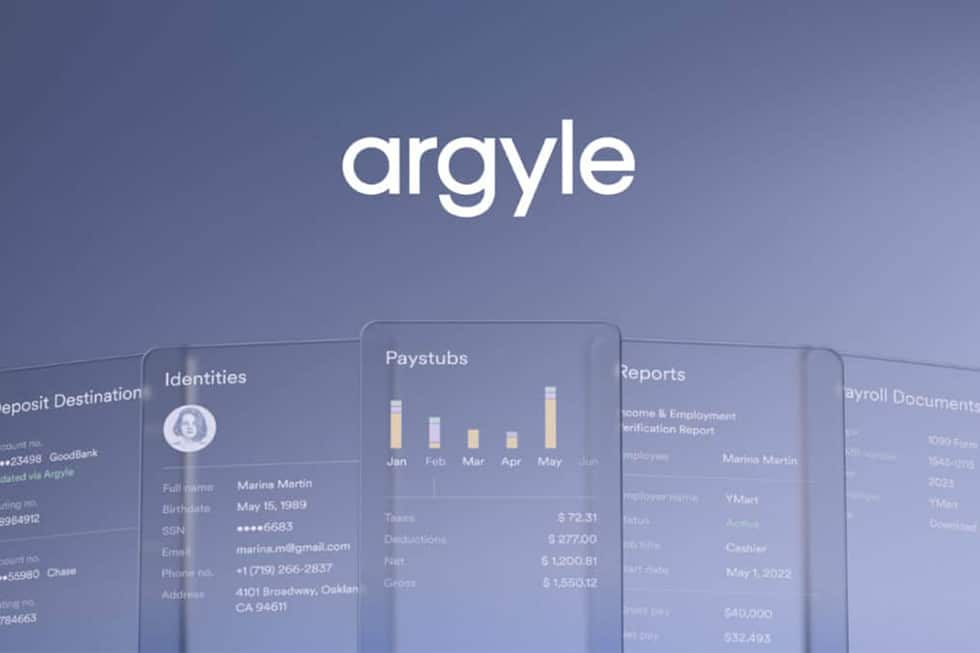Congrats! Your company just completed its initial public offering and is now publicly traded. After spending the past several weeks in endless meetings with investors, lawyers and your IR team, the natural response from any entrepreneur would be to shout from the rooftops and share the news with the world. However, the one caveat is that it actually violates SEC quiet period restrictions.
Simply put, the quiet period is the period of time during an IPO (beginning after the business and underwriters file for their IPO and lasting 25 days, or longer in some cases, after listing) when the company is forbidden to share news about the stock that could impact stock prices or artificially inflate the company’s valuation.
Business as Usual
Unfortunately for your communications and marketing teams, this quiet period does not necessarily mean they can take off for a two-month vacation until it’s over. A common misconception regarding the quiet period is that the business must cease all marketing and communications activities. In fact, there are several amendments to The Securities Act that allow for the company to conduct regular communications and marketing activities:
- Rule 163A Exception – This is an allowance for the fact that a company may have engaged in certain communications prior to the 30-day period in advance of their pre-filing. Rule 163A exempts those communications provided they do not reference the offering and “reasonable steps” are taken to ensure that the information is not disseminated during the quiet period.
- Rule 135A Safe Harbor – This exemption allows a company to publish what is known as a “tombstone” ad regarding the public offering before the filing of the registration statement. This notice must meet specific guidelines to ensure it does not constitute an offer.
- Rule 169 Safe Harbor – This exemption allows companies to continue to release communications regarding factual information about their business that has been part of the company’s ordinary course of business. The information must not contain any information about the public offering.
- Section 105(c) of the JOBS Act – This provision is known as the “Test the Waters” initiative and it applies to Emerging Growth Companies. The exemption created new processes and disclosures for companies (which are defined as companies with less than $1 billion in total annual gross revenues during its most recently completed fiscal year. Under this exemption, these companies can communicate verbally or in writing with qualified institutional buyers (QIBs) and institutional accredited investors (IAIs) to assess interest in the proposed offering prior to or during the quiet period. The company, however, may not sell the security unless the communication is accompanied by or preceded by a prospectus.
Handling Media Inquiries During the Quiet Period
Once a company files for its IPO, a public S1 document will be available for members of the press to research and read. As a result, there is a chance that journalists will try to reach out directly to the executive team or various team members for commentary. Especially during this time, it is critical for all internal parties to be trained on and agree to standard protocols approved by the IR and legal teams.
Any and all media inquiries should be funneled through the proper channels to avoid the release of confidential insider information not listed in the S1. For spokespeople engaging in media interviews or speaking at public events, media training is an essential component for rehearsing approved messaging and avoiding commentary that can put the company and its executives at risk.
Despite the myriad of restrictions related to interactions with the press, it is not uncommon for CEOs and approved spokespeople to engage in media interviews on listing day. These interviews have proven to be a fantastic way to build the company and CEO’s credibility and provide an opportunity to educate customers and investors about the company’s products and contributions to the industry. To remain compliant, the company should work closely with their IR and legal teams to properly vet each opportunity before agreeing to speak with the press.
At the end of the day, an IPO is an exciting event that requires all parties involved to work collaboratively with one another. It is essential for each team to remain in close communication throughout the process and ensure clarity when assigning roles and responsibilities. With careful planning and efficient communication, your company will receive optimal exposure while remaining compliant with SEC regulations.
Have more questions about going through your first IPO? KCD PR has over 20 years of investor relations experience and is ready to help. Contact us here.





